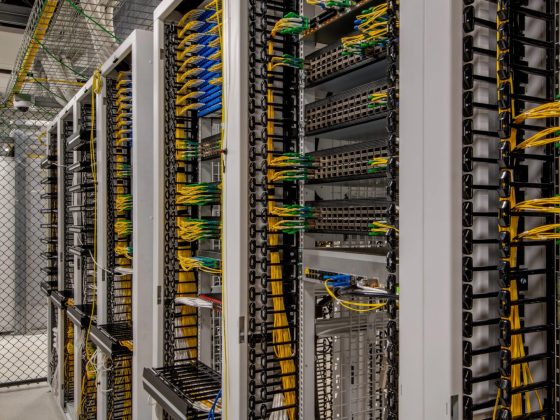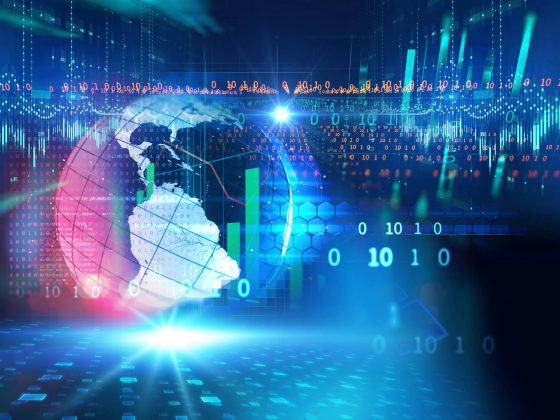When pondering the notion of the internet as a living entity, we must first establish our parameters for life. By biological standards, the internet falls short of conventional life markers. It does not grow, reproduce, ingest or use energy, nor does it respond to environmental changes as biological organisms do.
Yet, some thinkers propose the idea of the internet embodying a sort of “superorganism” or emergent entity. This thought stems from the dynamic manner in which information is exchanged and evolves on the internet, similar in some respects to the processes observed in mycelial networks – the intricate, sprawling substructures of fungi.
These mycelial networks effectively distribute nutrients and data across vast distances, adjusting and adapting to their surroundings in a manner that has led some to consider them a form of “intelligence”. Similarly, the internet facilitates the rapid, global transmission of information, and internet-based systems, such as the global economy or social media networks, exhibit complex, adaptive behaviours indicative of evolution.
In the realm of artificial intelligence, there are theories regarding emergent AI or “internet-scale AI”, which posit that the internet’s sheer size and complexity could potentially birth unanticipated emergent behaviours, or even a form of consciousness. Yet, these concepts remain largely speculative and contentious.
Viewing the internet as a living entity is more a philosophical or metaphorical stance than a scientific one. It encourages us to challenge our traditional definitions of life and consciousness and inspires us to reconsider the essence of intelligence, consciousness, and life from fresh and stimulating perspectives.









